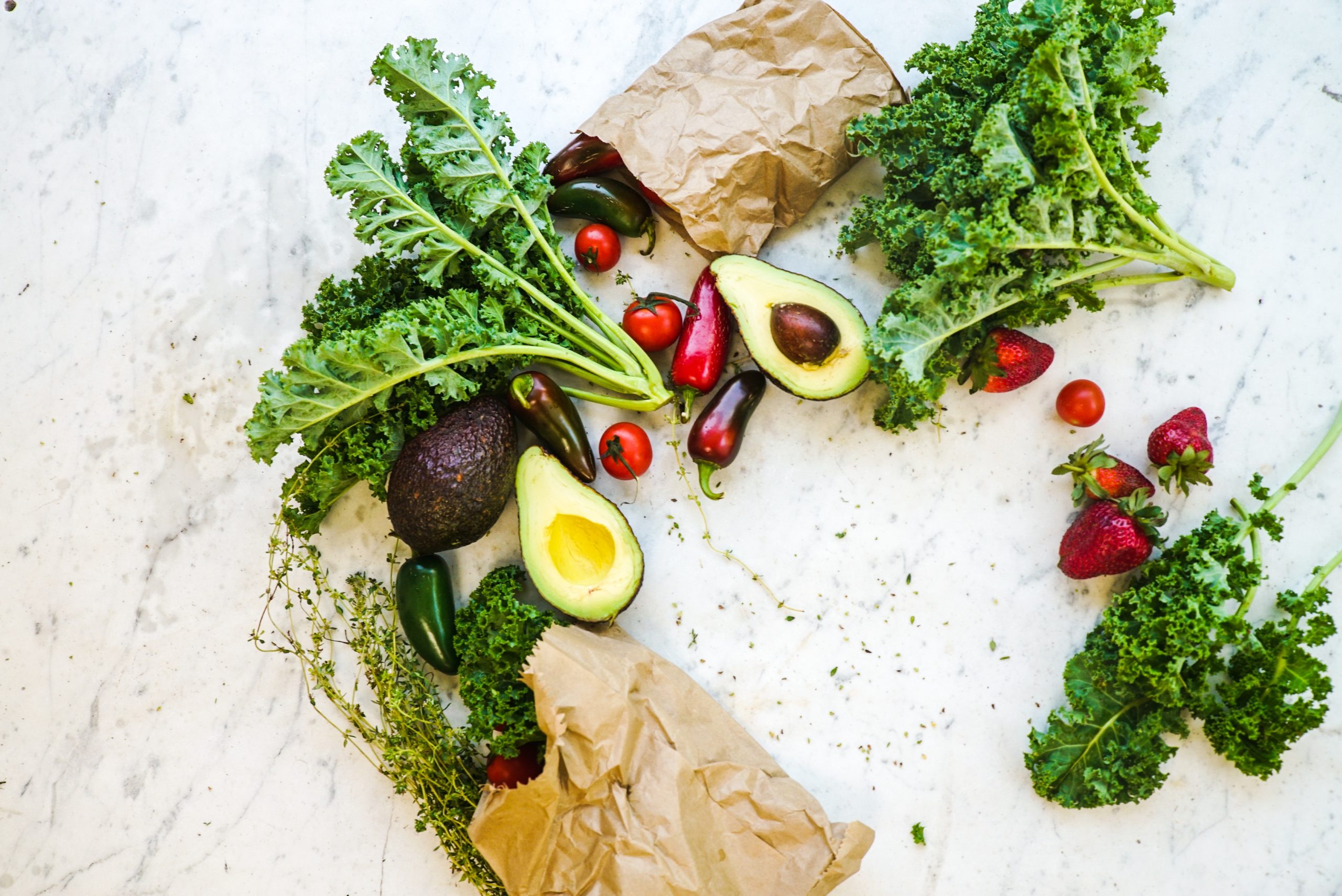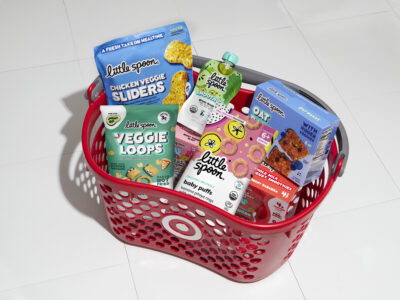We know that the first few years of life are critical for development, especially when it comes to the brain and cognition…and nutrition sets the foundation for a child’s ability to grow and thrive! The focus is not on making sure our children are getting enough “calories” but instead that the food they are eating has a variety of nutrients to fuel their bodies. Eating a variety of food helps ensure your baby is consuming what they need to nourish their body. Plus, variety encourages curiosity and a love of food. In fact, research shows that incorporating a variety of veggies from a young age can lead to better nutritional intake into adulthood.
Unfortunately, many young children aren’t eating enough crucial food groups, like vegetables or healthy fats, to meet the recommended amount for healthy development. Part of the reason for this is due to picky eating (anyone have a pancakes-and-pasta-only eater on their hands?).
So what do we do? As parents, we already put so much pressure on ourselves—are our children hitting their milestones, should we enroll them in music class, is that a normal cry—and nutrition is just another thing to add to the list. It is absolutely frustrating when your child refuses to eat a meal you’ve made for them, but these tips and tricks can be helpful in diversifying your little one’s diet and saying goodbye to mealtime fights.
Socialize mealtime.
Isn’t eating just more fun when it’s with someone else? Babies feel that, too! If they can watch you eating and enjoying your food, they are more likely to want to get in on the action.
Try veggie-based sauces.
Is your little one being picky about eating fish or meat? Sneak in some veggies and top with a sauce made from pureed butternut squash, carrots, or beets for a little added flavor. On the topic of sauce, if your babe isn’t a fan of olive oil, try a more mild-flavored oil like avocado to get those healthy fats in.
Lighten up comfort food classics.
Make your little ones favorites a little more nutritious with those magic veggies. Try adding some into a cheese-based sauce—veggie-packed Mac and Cheese, anyone?—or even using a plant-based pasta, like red lentil, for added nutrients, fiber, and protein. Or, swap traditional mashed potatoes with mashed cauliflower—I use grass-fed butter for even more nutrients like omega-3 fatty acids.
Opt for a smoothie.
Does your babe refuse to eat greens? Yep, that sounds about right. Try a fruit-based (i.e. mixed berry) smoothie for breakfast or an afternoon snack and throw in a veggie like a handful spinach or baby kale. It won’t change the taste, only the color, so it’s a great way to add in some more nutrients. If your little one doesn’t like the green color, try adding frozen cauliflower or butternut squash instead.
Make portions small.
Sometimes kids get overwhelmed by lots of food on the plate. Try to make the portions small (think two pieces of broccoli and a few bites of chicken). You can always grab more if they finish their helping.
Stay away from sweetened beverages and desserts.
The regular consumption of these sorts of sweetened items like juice and ice cream help to develop a palate that prefers sweet. This may lead to less interest in other tastes like that of most veggies, so it’s best to avoid sugary beverages and limit the sweet treats to special occasions—we’re trying to mold future foodies over here!
Try and try again.
Repetition is really the secret sauce here. If your little one doesn’t like cauliflower, for instance, keep trying it with different prep methods and styles—steamed, mashed, roasted, the possibilities are endless! Again, keep the portions small and try your best not to make it a big deal if they don’t eat it.
Explain.
For kids who are a little older, explain what the benefits are of eating a certain food. For instance: “Salmon helps make your muscles strong so you can jump high!” Some research indicates that it can make kids more excited to eat that food.
Get your kids involved!
From a young age, include your mini in the kitchen. Get them involved in the cooking, prepping, and of course, tasting! My little guy is 1½ and he loves to stand in his kitchen helper and even helps me put spices into our dishes! If they are involved, they are more likely to be interested in trying the food you made, even if it’s new and different.



